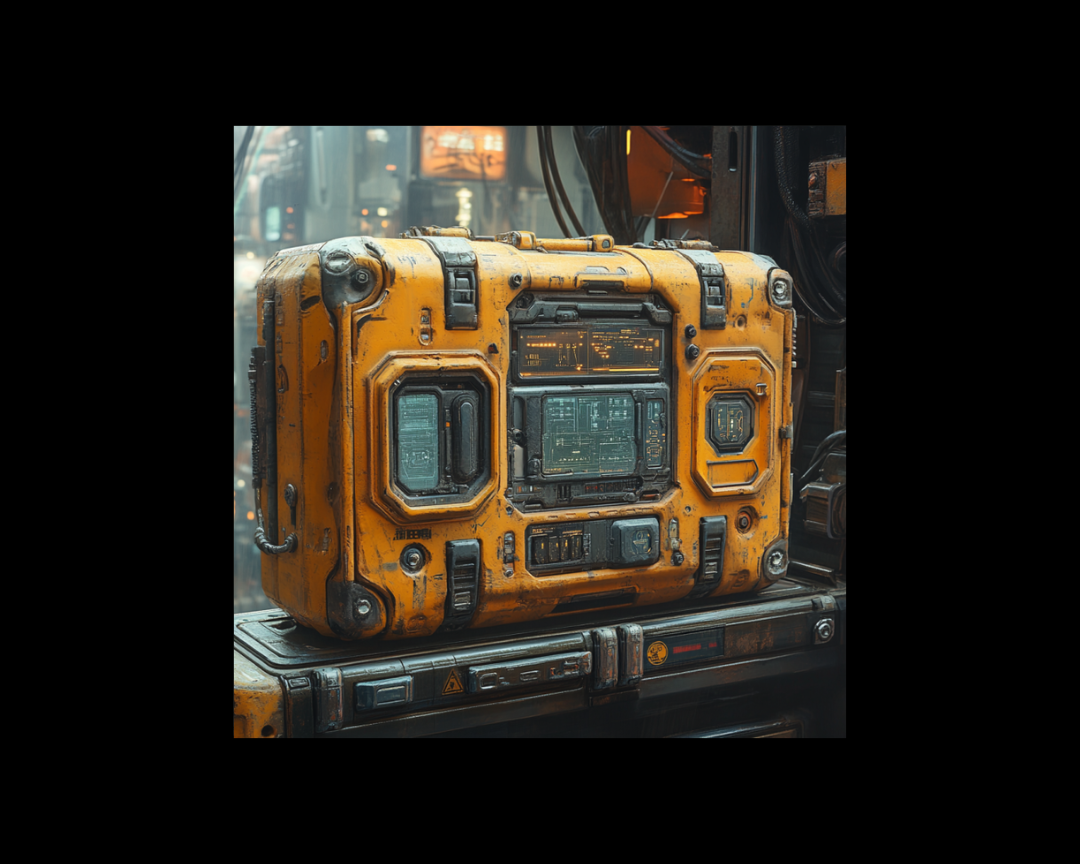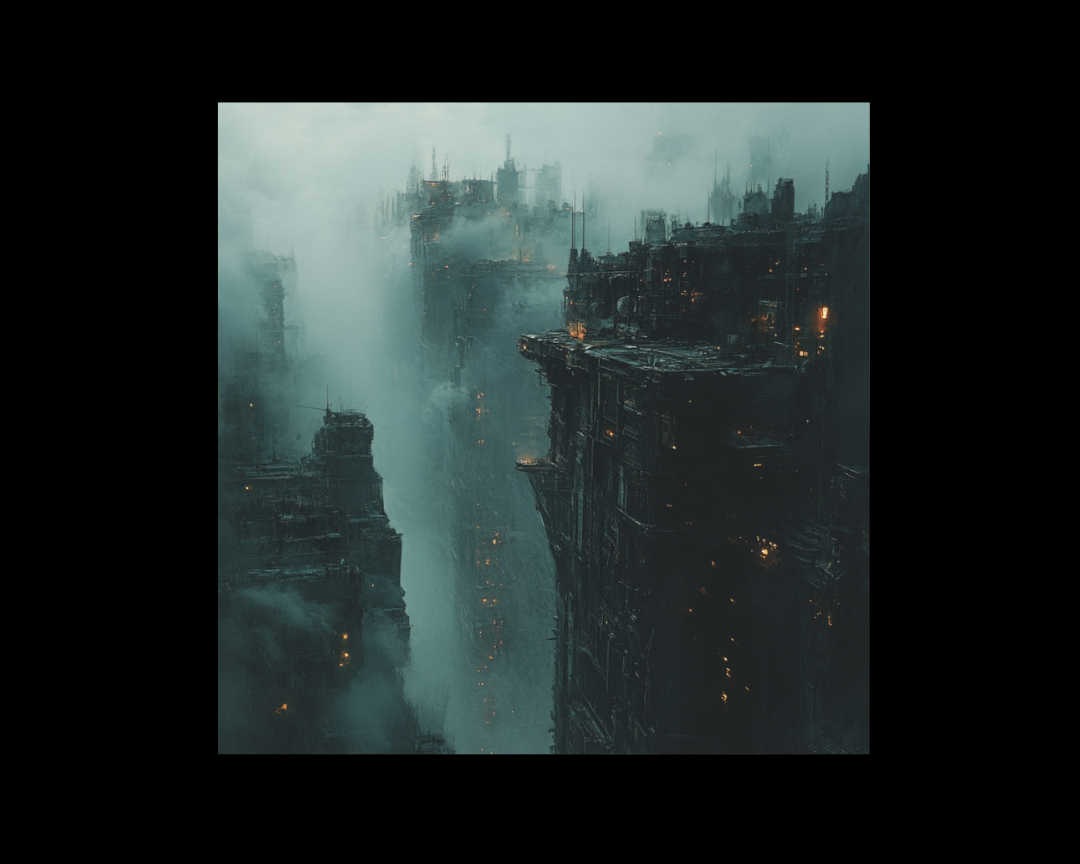Creating Effective Diagrams for Technical Content
Technical content creation involves much more than just writing words. As a technical writer or marketer, you're constantly balancing clarity,...

Writing a technical blog post involves much more than just typing up what you know. You research the topic, build demos, troubleshoot unexpected errors, and finally, shape it all into something coherent and valuable for your readers.
In some cases, especially when you're explaining systems or processes, a well-crafted architectural diagram can take your article to the next level. These visuals help readers grasp how components interact, how data flows, or how an application is structured—things that are often difficult to explain with words alone.
This guide will walk you through what architectural diagrams are, which tools (including the latest ones for 2025) can help you create them, and offer practical tips for getting started.
An architectural diagram visually maps out how components in a system connect and communicate. Think of it as a blueprint: it shows how databases, services, APIs, UIs, and other parts fit together.
Architecture diagrams also make it easier to spot dependencies, bottlenecks, or design flaws—crucial during both development and explanation.
A good architectural diagram should do three things well:
Communicate clearly: Use straightforward shapes and consistent labels. Annotations should explain what each component is and why it matters.
Stay organized: Align elements neatly and follow a logical flow (e.g., left-to-right or top-down).
Focus on essentials: Highlight the components and interactions that matter most. Avoid unnecessary complexity.
Above all, the diagram should enhance understanding—not create more confusion.
There are more tools than ever to help you create diagrams, whether you want something quick and sketchy or polished and professional. Here's a breakdown of both classic and new tools you should consider:
Terrastruct is built specifically for software architecture diagrams. It supports multiple diagram layers (e.g., high-level vs. low-level views) and is ideal for technical storytelling.
Use case: Layered software architecture, microservices
Bonus: Integrates with markdown and Figma
A powerful, open-source drawing tool with a whiteboard feel. It now supports collaborative editing, shape snapping, and versioning—perfect for iterative tech writing.
Use case: Sketch-style diagrams with real-time collaboration
A Markdown-powered diagramming tool for those who prefer working with code. Write logic in plain text and render beautiful SVG diagrams.
Use case: Diagrams stored in version control alongside blog content
A classic, full-featured diagramming tool with cloud integration and new AI-assisted layout features in 2025.
Use case: Flowcharts, system design, general-purpose architecture
Great for casual, whiteboard-style illustrations. Excalidraw+ adds team collaboration and reusable components.
Use case: Informal, approachable architecture visuals
For pixel-perfect vector control, Inkscape offers advanced design capabilities for detailed, branded visuals.
Use case: High-fidelity technical illustrations
Here are some tactics.
Like any design skill, diagramming improves over time. Your early attempts might look cluttered or unclear—and that’s fine. Each one teaches you something.
Use consistent fonts and colors
Don’t overload with details—focus on what matters
Add white space to reduce visual noise
Align elements and keep related items grouped
Emphasize key components with size, color, or layout. Your diagram should guide the viewer’s eye from beginning to end.
Design with your audience in mind. Keep it simple for beginners, or dive into technical detail for advanced readers. Step back and review the diagram with fresh eyes—clarity often improves after a short break.
Creating architecture diagrams isn't overly complex, but it requires intentional design. The right visual can transform your technical article, making it easier to understand and more engaging for your audience.
With modern tools like Terrastruct, tldraw, and Diagram.codes, 2025 offers better ways than ever to diagram complex systems. Focus on clarity, consistency, and your reader’s perspective—and your content will stand out.
-1.png)
Technical content creation involves much more than just writing words. As a technical writer or marketer, you're constantly balancing clarity,...

While AGI refers to performing tasks at a human level, superintelligence refers to performing tasks that exceed human capabilities. If tech writers...
-1.png)
Video is no longer an optional add-on in developer marketing—it’s a must-have. Research shows that 62% of developers prefer long-form video over...